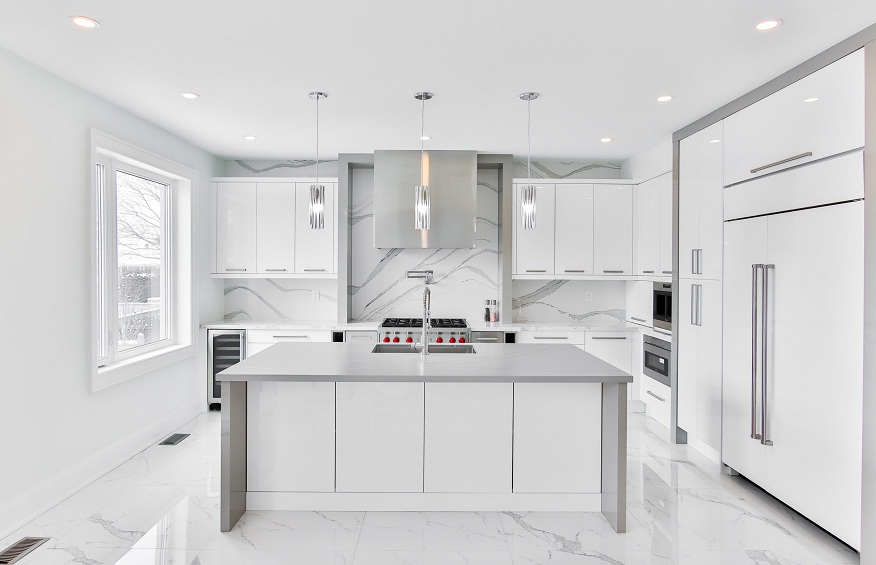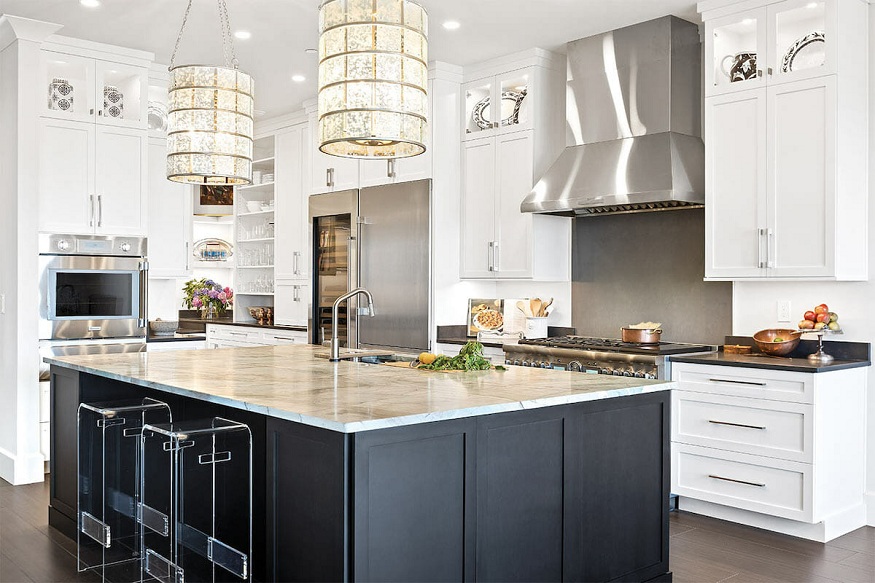Vinyl flooring is a great option for kitchens because it’s durable, affordable and available in a wide variety of designs and colours.
But it’s important to choose the right thickness for your kitchen floor, so that it can stand up to the rigours of daily use.
There are four main types of vinyl floors – peel and stick, sheet vinyl, LVP or luxury vinyl plank and EVP or engineered vinyl plank.
Durability
Vinyl is a great material for kitchen flooring because it is durable and resistant to spills and water. It is also easy to clean and maintain, so you can keep it looking its best for years to come.
Choosing the right thickness for your vinyl is an important step in making sure it will last as long as possible. You should choose a vinyl that has a thicker wear layer to protect against surface scratches, dents and stains.
This is especially true for higher quality vinyl floors that have a surface treatment to make them more resistant to scratches and stains.
The best choice for a kitchen floor is luxury vinyl tile (LVT) or plank (LVP). Both are highly durable and can take the abuse of a busy household with kids, pets and even lots of traffic.
Appearance
Vinyl flooring is an excellent choice for kitchens, and it’s available in a variety of colors and patterns. It’s also waterproof, which makes it a great option for rooms that are prone to moisture.
Many vinyl floors are made with skeuomorphic designs that mimic wood, stone and tile. These skeuomorphic patterns use embossing and specific top coats to recreate the texture of these natural materials.
While these skeuomorphic patterns are popular, there are also non-skeuomorphic options. For instance, some vinyl flooring is printed with photographic images that mimic rippled water, sand or nebulae.
Vinyl can also be used to imitate ceramic and natural stone tiles. For example, Amtico’s The Scape collection replicates the look of flagstone in a warm, soft color palette.
Maintenance
Vinyl is the perfect material to use in a kitchen because it’s stain resistant and non-porous. However, there are some things to keep in mind when choosing the right thickness for your space.
A good rule of thumb is to choose something with a wear layer in the 10 or 12 mil range. The thicker the better, especially in a high traffic kitchen.
This is a great way to get the most out of your flooring investment and stay within budget. The thicker the wear layer, the longer your floor will last – and the less money you’ll have to spend on replacements in the future.
To keep your shiny new floors looking their best, it’s worth the time and effort to keep them clean. Regularly sweep, dust, damp mop or vacuum to remove any dirt and grit that can damage your flooring.
Budget
The kitchen is one of the most used rooms in the house – whether it’s for storing food, cooking or gathering for parties. It’s no wonder that this room needs a floor that can take a beating and indulge your craving for style at the same time.
Vinyl flooring is a cost-effective solution for tackling both. It’s durable, hygienic and easy to clean.
It is also scratch-resistant, making it great for high-traffic areas that get plenty of dirt and spills. However, it is important to vacuum regularly to prevent small grit particles from scratching the wear layer.
As a result, it is best to choose a thicker vinyl flooring with a higher wear layer in areas that receive a lot of traffic. This will ensure that your new floor will last longer and keep its good looks.



